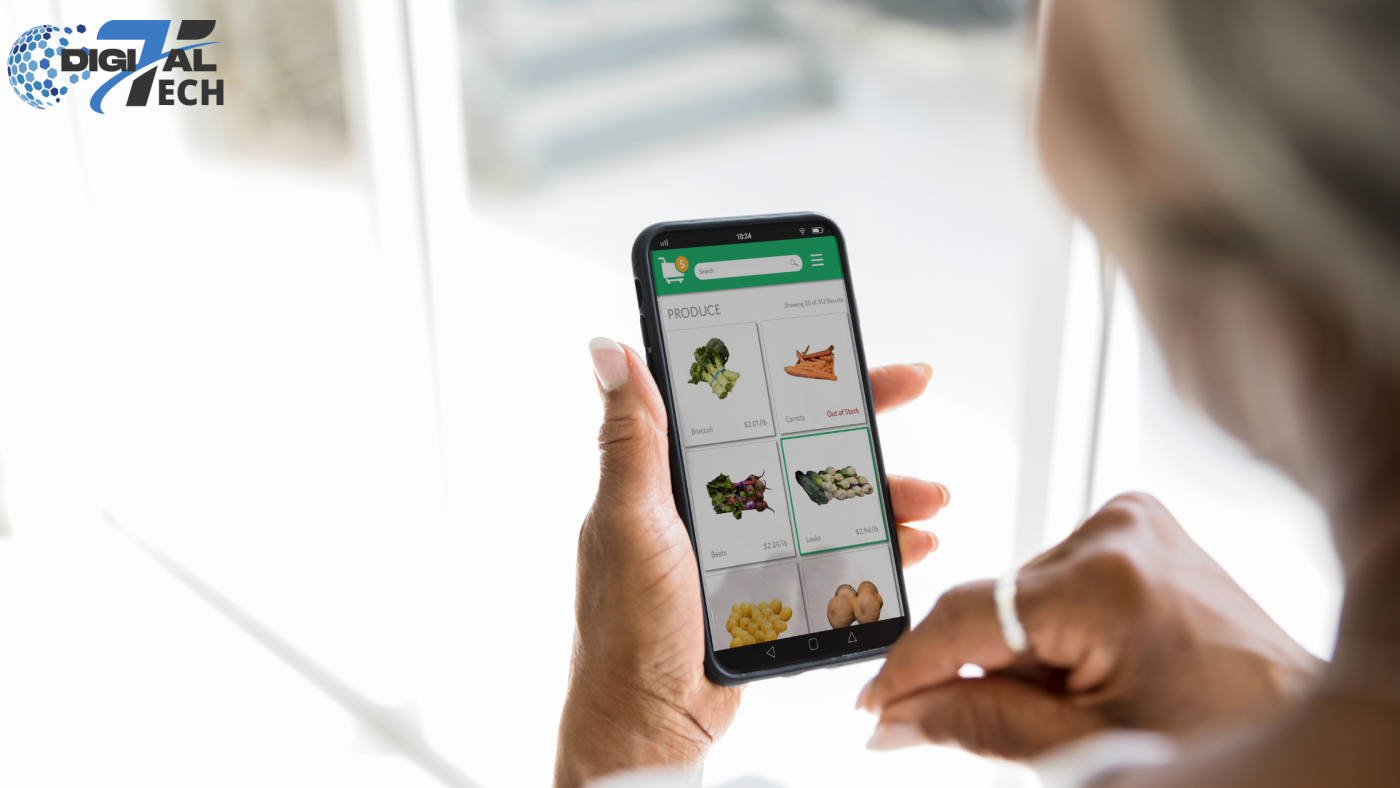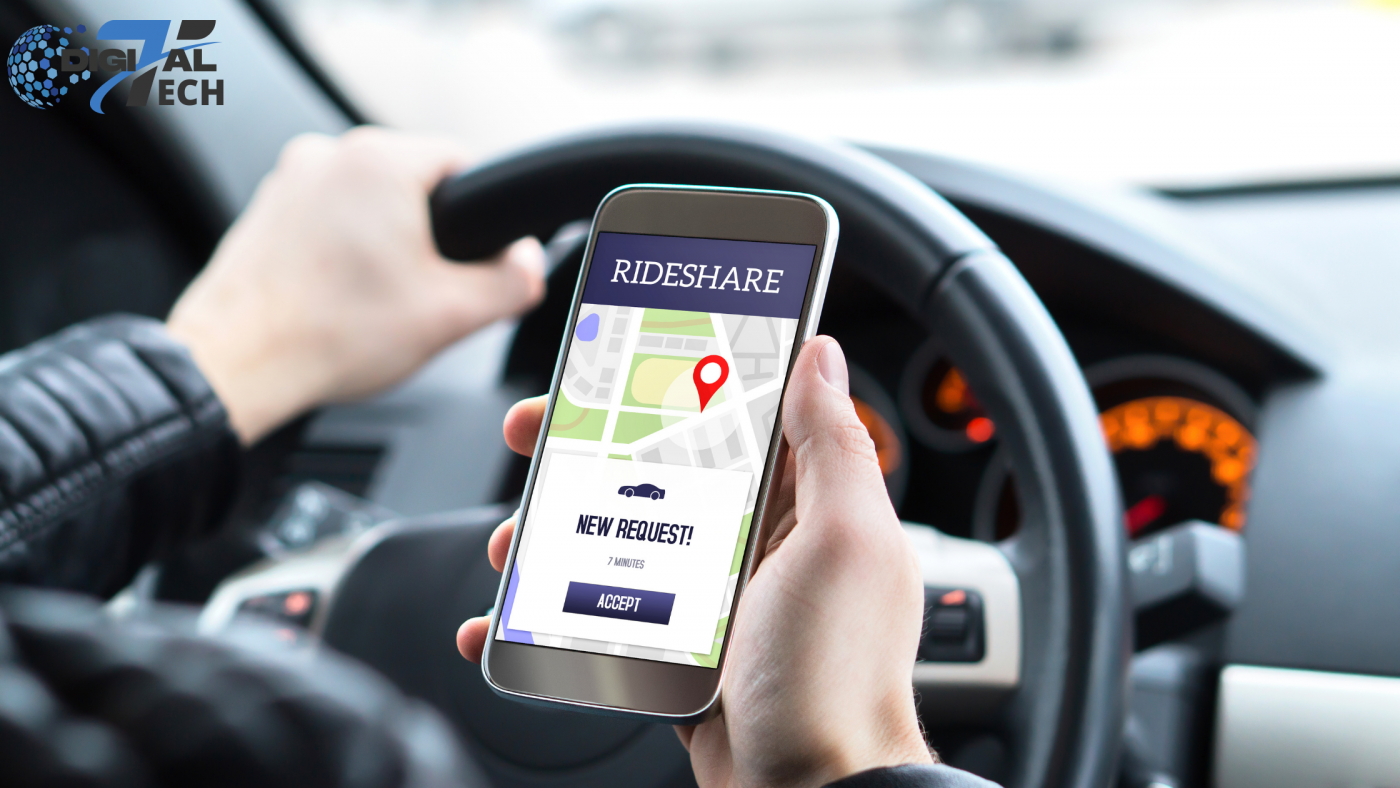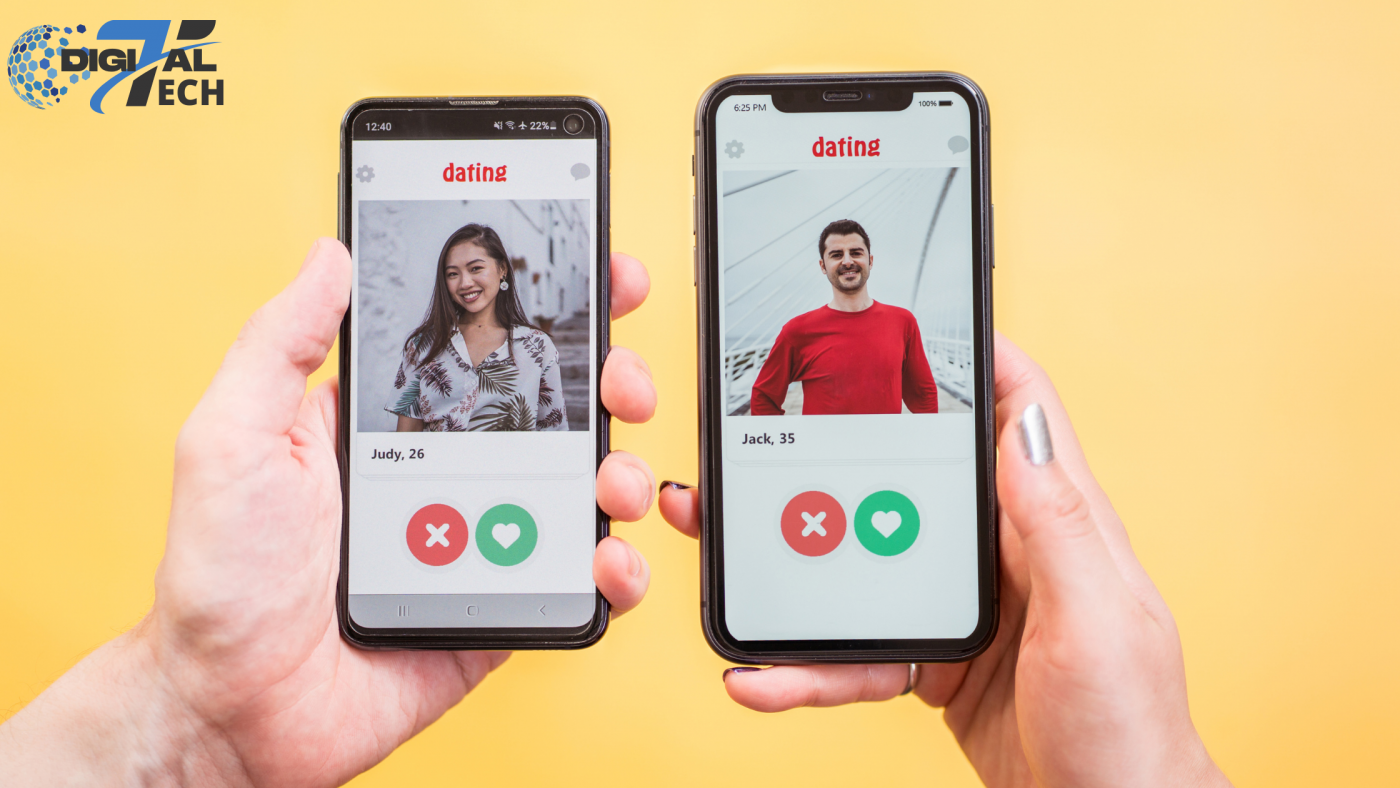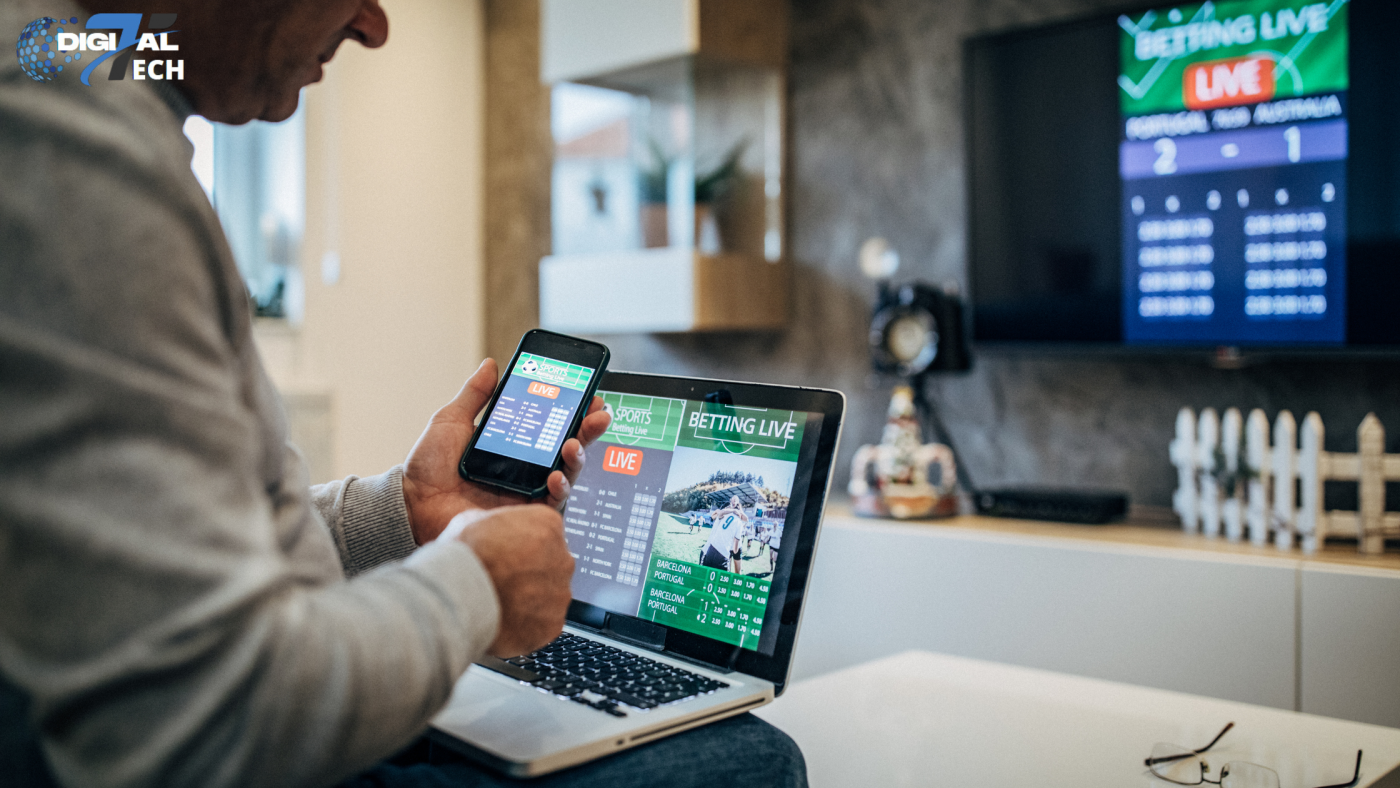The landscape of mobile app marketing has altered and developed in 2023, as it has each year. There will still be an ongoing development of new apps in 2024.
It is crucial to keep in mind that each app category has unique requirements for the mobile app marketing campaign that is needed to promote it, both in terms of the best ads to utilize and the expense associated with acquiring new users.
A fundamental idea in the cost-per-install pricing model is that, depending on a number of variables we will discuss, various mobile app categories frequently have varying CPIs.
1. What does mobile app marketing’s cost per install mean?
In mobile app marketing, the Cost Per Install (CPI) pricing model is widely utilized. Under this strategy, advertisers pay a fixed fee for each app installation. For app creators, this model is especially appealing because it links advertising expenses to quantifiable user acquisition.
The advantages and disadvantages of CPI have previously been thoroughly discussed in this essay.
2. The differences in CPI between categories of mobile apps
When calculating CPI, the mobile app’s category is a key factor. The target populations, degrees of competition, and expenses associated with acquiring new users vary throughout app categories.

The differences in CPI between categories of mobile apps
For example, because of the intense competition for user acquisition and engagement, highly competitive categories like dating applications and mobile games frequently have higher CPIs. Conversely, app categories with relatively easy user acquisition, like shopping and ride-hailing, might have a lower CPI.
These variances in CPI in mobile app marketing have a variety of causes. The strong demand for user attention in popular categories drives up the cost of advertising. Furthermore, CPI may be impacted by a user’s lifetime value (LTV), which is determined by things like engagement and in-app purchases (IAPs).
1. In-app purchases
Apps that give priority to in-app purchases or down-the-fun activities generally have an impact on CPI. Because of their focus on pushing users further down the conversion funnel, these apps typically have higher prices.
2. Shopping and ride-hailing apps
Apps for shopping and ride-hailing have lower CPIs, mostly because users can monetize these services almost instantly after installing them, which makes the customer acquisition process more economical.
3. Subscription-based apps
Applications that require a subscription, such as dating apps, have a higher CPI. Their freemium business strategy, which entices users with free features but charges more for premium subscription services, may be to blame for this occurrence.
4. Fintech apps
Mobile gaming and fintech apps typically have higher CPIs. There are notable degrees of diversity, meanwhile, even within these groups. For example, the CPI of hyper-casual games is typically lower than that of strategy games. Comparably, among fintech apps, those devoted to cryptocurrency and trading might have a revenue model based on the quantity of transactions users complete, which results in a higher CPI.
5. Betting app typically have the highest CPI of all
Betting applications typically have the highest CPI of all, mostly because of their value-based monetization model that depends on user deposits. Additionally, the monetization of these apps is not consistent. For instance, betting on sporting events is clearly possible when there are sporting events to wager on, which is why the down-the-funnel monetization of these apps can be erratic.
To summarize these ideas, we can say that apps with nearly instantaneous monetization have lower CPIs. Conversely, apps that primarily rely on in-app purchases, subscriptions, or other events present a higher CPI because their monetization window can be longer and they require significant upfront investment in order to attract users who can secure a higher lifetime value.
3. CPI by app category: Some information to keep in mind for 2024
As might be expected, a number of factors can be taken into account in order to explain the variances in CPI among different categories.
1. CPI in mobile games
The fierce rivalry in this category-the most varied in mobile app marketing-is reflected in the high CPI for games on mobile devices. Large advertising expenditures are frequently needed for mobile gaming apps to stand out in a competitive market.

CPI in mobile games
2. CPI in shopping apps
Apps for shopping have a comparatively low cost per install, indicating that customers are more likely to install them. This might be a result of the usefulness that shopping applications offer.

CPI in shopping apps
3. CPI in ride-hailing apps
Like shopping apps, ride-hailing apps have a lower cost of ownership (CPI), presumably as a result of the vital functions they offer and their wide appeal to a variety of users.

CPI in ride-hailing apps
4. CPI in dating apps
The comparatively elevated cost per install (CPI) of dating apps highlights the competitive environment in mobile app marketing and the emphasis on user acquisition for platforms that primarily depend on user engagement.

CPI in dating apps
5. CPI in betting apps
Because of their potential for high customer lifetime value, narrow audience targeting, and stringent advertising laws, betting applications have the highest CPI in mobile app marketing.

CPI in betting apps
It is imperative that advertisers comprehend these changes in CPI in mobile app marketing. In reality, they are able to improve their user acquisition techniques and utilize their funds effectively by focusing on the distinct dynamics of each app category.

